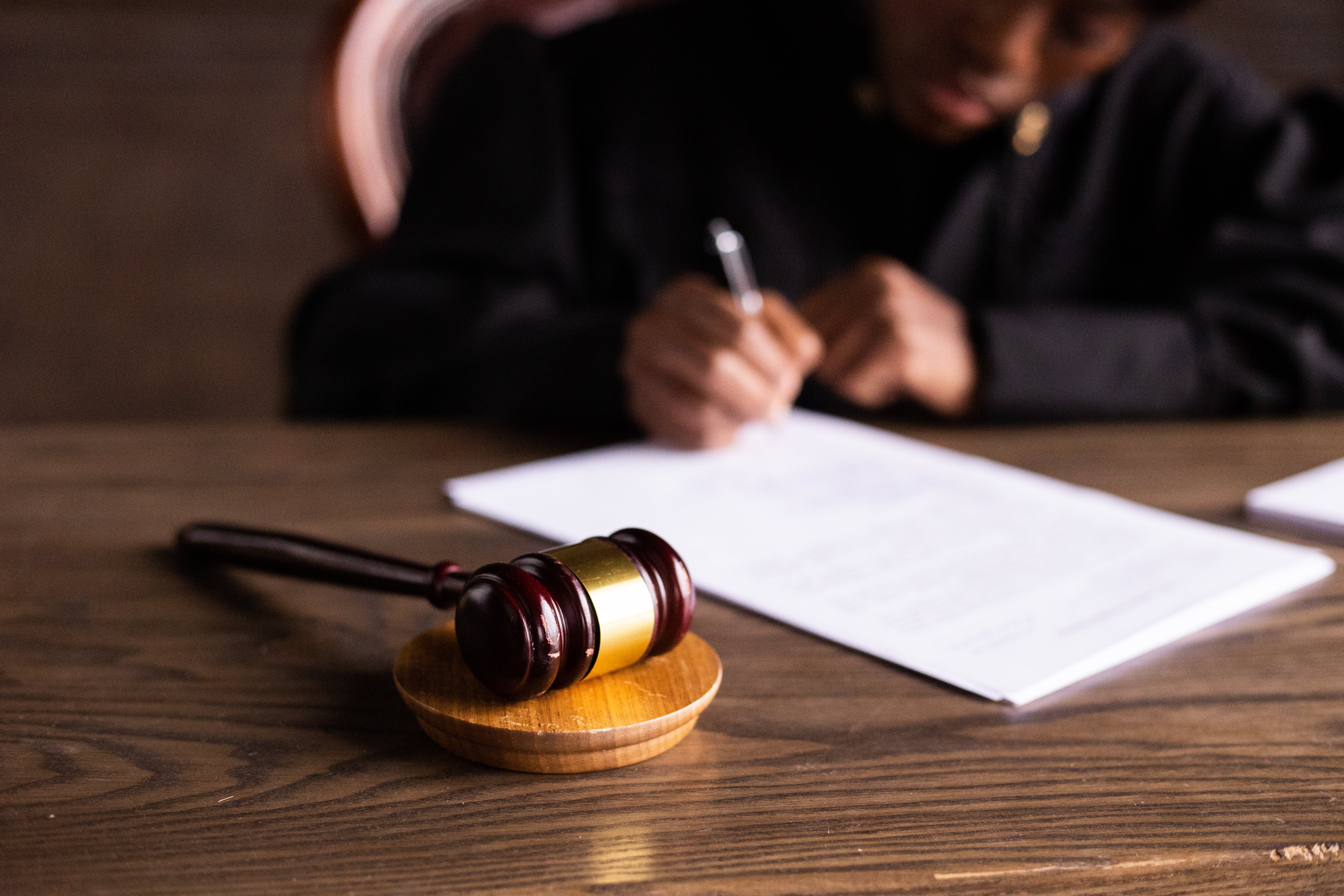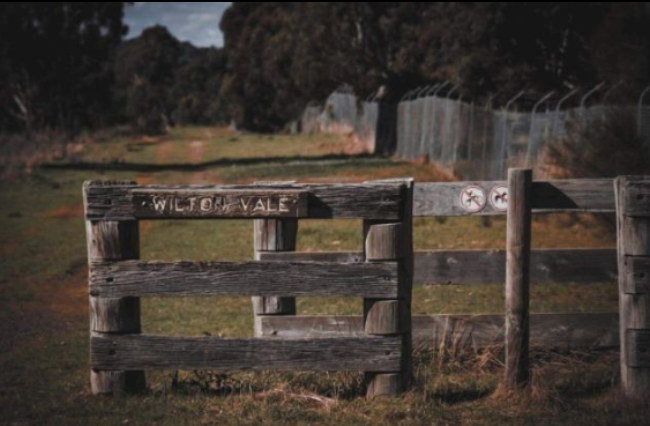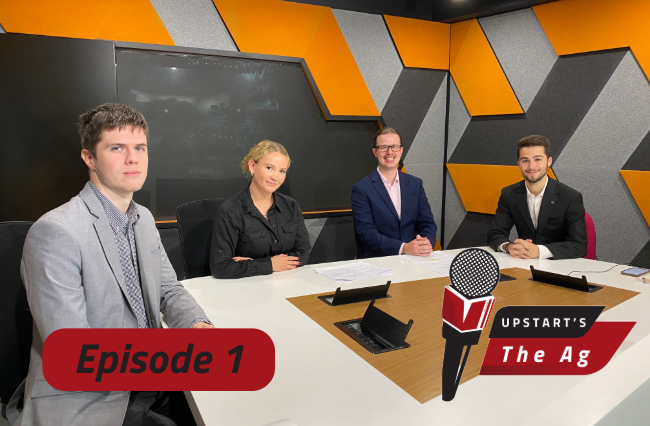
Wayne Quilliam is a very busy man. Each time I speak to him he is either getting on or off a plane. Still, on a Wednesday afternoon he spoke to the Prime Ministers’ office and on a Thursday morning after dropping his three year-old daughter off at daycare, he has a chat to me. Why so busy? Wayne is a photo-journalist and indigenous artist with exhibitions in Europe, Mexico and Asia. He provided landscape images for the launch of Baz Luhrman’s movie Australia, has worked shoulder to shoulder with Russell Crowe and was ambassador for the national Silverchair and PowderFinger 2008 ‘Across the Great Divide Tour’. He covered the 2004 Redfern Riots and was commissioned to create a commemorative photo spread of last year’s national apology by the Koori Mail for which he won a Human Rights Award. Wayne and his wife operate his photography business in Melbourne. Settling down to talk with Wayne about his varied life, I’m prepared to talk as fast as a race-caller as he’s due on a plane to Perth. “Not to worry” – Wayne tells me – “I like a good yarn”.
How did you first get into photography?
I grew up in a suburb outside of Hobart. Let’s say I got in a little bit of trouble, back in those days, Tassie was very much a backwards redneck kind of place. They gave you the option, if you mucked up a bit, either you went to jail, or you joined the forces. So I joined the navy in ’79 (aged 17), actually went to Perth. That’s where I first started. Yeah, I got a little bit charged up on the way back to the ship of a night, saw this flash camera in the window, went ‘hey!’ I woke up the next morning and went ‘eh what’s this?’ And then, the story goes from there. I just started taking photos, and just taught myself the whole way along, everything’s self taught.
A lot of what you do is referred to as ‘art’. When did you first think of yourself as a journalist?
Well, I’d have to say strictly a photo-journalist, because a lot of it (journalism) requires writing, which I absolutely do not like. I’m led to believe I can write, but… I’m lazy. I’ve worked for the Koori Mail for 18 years, I did my first story there – actually, they sent it back to me, after they were going through all the old files, and it was an old black and white photo, with a hand written story. So, over the years I’ve done extremely important events, I’ve done things from the large gatherings of Aboriginal people back at the central desert, I’ve done bridge walks, I’ve done some of the most amazing events in Aboriginal Australia.
What’s it like to be a photo-journalist today?
Photography allows me to basically have a foot in two different worlds. On one side, you know, I don’t pretend to be any flash artist, but apparently that’s the way they come out. But I also work in the corporate world. The beauty of it is that we’re not feeling the strain of the financial melt-down because we’ve diversified. I’ve moved into social documentary and video now. And you have to these days. I’ve been in places where other people can’t get. Not so much because I’m any better as a photographer. It’s because I’m able to sit down and listen, and talk to people, before I start banging away with a camera.
What was it like when you were approached to do the Koori Mail spread for the national apology?
The apology was one that I didn’t go into with too many expectations, because I wasn’t sure what was going to happen. It still amazes me as an event, 12 months on. It’s just such a huge part of my life, because I can honestly say that none of my family that I know of were part of the stolen generation, but I mean, I’m affected every day by what happened, all my friends, and different family members are a living part of what happened. It’s inescapable. The stolen generation affects every Aboriginal person in this country. The sad thing is, there’s highs and lows. You look at this amazing event that we photographed and documented, but it was yesterday that I got the phone call from the Prime Minister’s office, and one of the Aunties in one of the prominent photos I took passed away this week, so the PM was looking for the photo to include at a service or a memorial. It’s only twelve months on since she was standing there, she finally got the apology, and hopefully, she got out of it enough that it was all worth it for her.
Is there such a thing as unbiased reporting?
Well, as you see, what I do is personal. A lot of other photographers talk about how they disassociate themselves from the subject or the event, but, much as you try, Aboriginal Australia is for me personally, it’s impossible. You know so many people, you’re involved in it.
There have been a lot of technological changes throughout your career. How have you experienced them?
I love it. I love technology with a passion. The hardest thing back in the old days with film, is, you were shooting away, and you had to work with the old 35 mm SI cameras that shoot on black and white film that I used to hand-roll. And then, I used to have and old wardrobe that I covered in plastic to develop them in. I’d go out on this verandah and when it got too hot, you used to near on faint! To go from that, to now, when I’ve got these whiz-bang, you-beaut, flash cameras, and lap top, and I’ve got the portable hard drive, I can mostly travel anywhere in the world.
Is there one thing about photo-journalism that makes it all worthwhile?
I think it’s my passion that gets me through. It is amazing when you get a phone call or an e-mail of someone saying ‘hey bruz, I saw your photo’ – we just got front cover, the other day, of Marie Claire in the UK. A couple of the mob were in New York and they saw my photos, on you know the big electronic billboards up in Times Square? Yeah, they had all my photos going across there. The funniest one I got was when a friend of mine texted me in the middle of the night to say ‘you should see your photos. We’re in Berlin and they’re all over these walls, and there’s 300 people in here in tuxedos and suits all looking at your photos!’ I’m going, ‘hey, life’s pretty deadly isn’t it?’
What do you think of the recognition your journalistic pictures have received?
Well, in particular when we were a finalist in the Walkley awards for coverage of the Redfern Riots … I didn’t even know what the Walkleys were to be honest, and we near on won the bloody thing apparently. When we won the Human Rights Award (for coverage of the 2008 national apology), that was pretty special. That’s a good one for the resume. But mate, I haven’t received a trophy since I played football in the under 14s. I think they’re fun, but… I’ll go out and I’ll do a really fantastic photo shoot today, and, whatever happens to it, then tomorrow, I want to do a bigger and better one.
What was it like working with Russell Crowe?
Doing stuff with him really inspired me to be bigger and better. He was amazing, a very intelligent, articulate, passionate man. Very respectful. (Russell Crowe commissioned Wayne to shoot a series of 1940s New York-style images at Pellegrini’s in Melbourne). We worked on these shoots, and, you know, we’re both strong men, and we both made it clear from the beginning of what he wanted and what I wanted and how we were going to do it, and we worked, it was just fantastic.
What’s been your best experience as a journalist?
That’s a really difficult one to be honest, because there’s so many. Naturally enough, the apology is very much up in the top three. But, a career highlight for me was working with the traditional people of Bolivia and Mexico. Being with other amazing people, it really brings you back to reality. You know, if you’re out doing a fashion shoot for a label, you’re amongst all the ‘fluffers’. They just fluff about, and believe in their own self importance… to go from that and then go out and work in a community where the kids have got very little hope and very little future, I wish I could get some of these people out to there and make them understand that what they’re doing is not saving the world.
What about your biggest career challenge?
The thing that really sat me on my bum, was working with these children in Bolivia, in a place called Cochabamba. These kids as young as three or four years old live in the cemetery because if they go outside the gates of a night, the chances of being murdered, raped or abducted was ridiculously high. My photos there are being used this year. They’re going to be out there basically promoting what’s going on in these communities, raising awareness. I mean, we’ve got some devastating places in Aboriginal Australia, but nothing like there. Now, to me, that’s a career high and a career low.
Claire Delahunty is enrolled as an Honours student in Journalism and also works as a journalist at Business Spectator.






